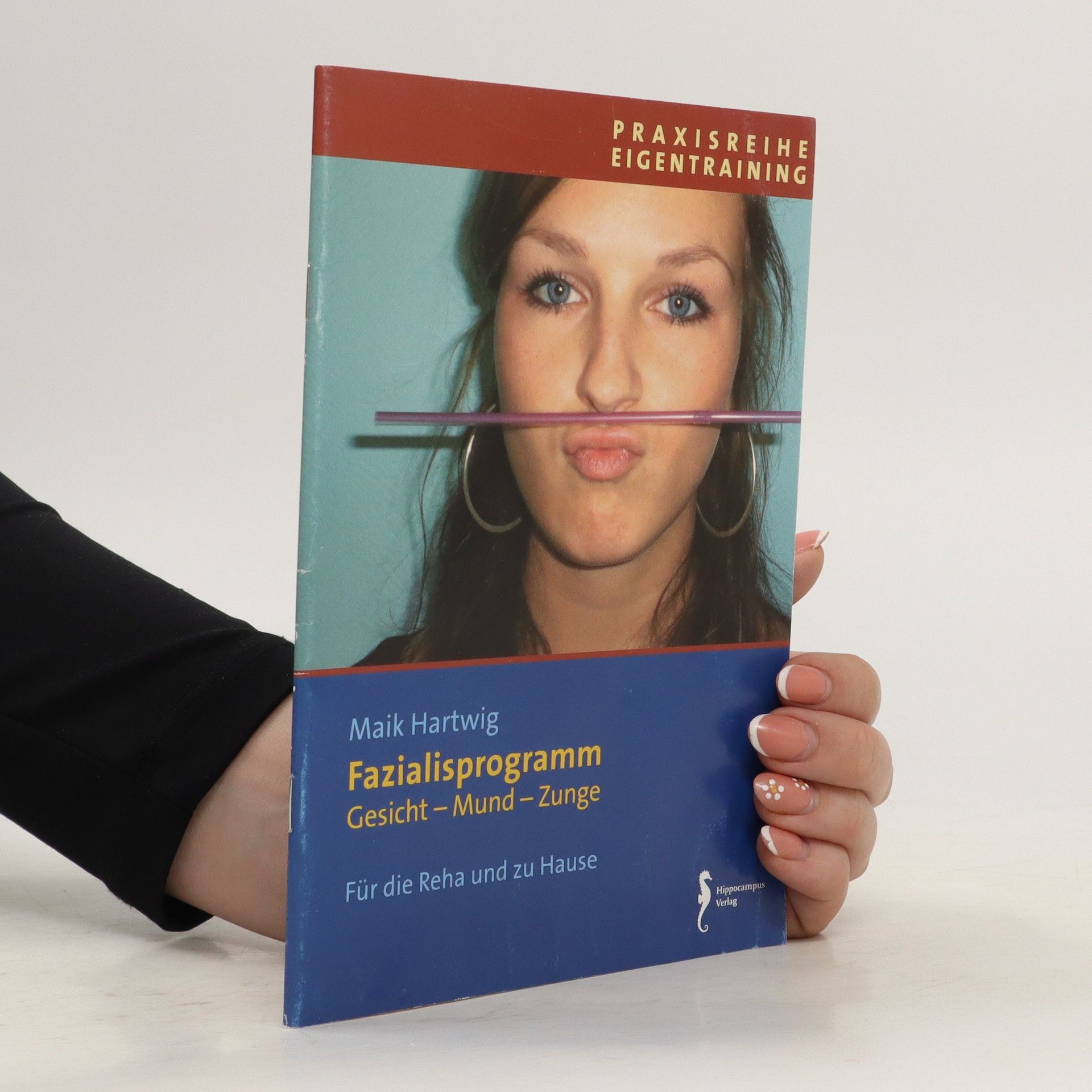In der Neurorehabilitation streben Patienten nach Selbstständigkeit und weniger Abhängigkeit von Hilfe. Wichtige Ziele sind die Verbesserung der Mobilität und das Wiedererlangen aktiver Arm- und Handfunktionen, um am sozialen Leben teilzuhaben. Aktuelle Forschungen zeigen wirksame Therapien zur Verbesserung eingeschränkter Bewegungen und Funktionen auf.
Maik Hartwig Knihy





In der Neurorehabilitation streben Patienten nach Selbstständigkeit und weniger Abhängigkeit. Wichtige Ziele sind die Verbesserung von Mobilität und aktiven Arm- und Handfunktionen. Das „Hemipareseprogramm“ kombiniert Erkenntnisse des motorischen Lernens mit praktischen Erfahrungen und fokussiert auf evidenzbasierte Trainingsmethoden zur Unterstützung dieser Ziele.
Patienten mit Hemiparese streben nach Selbstständigkeit und weniger Abhängigkeit von Hilfe. Aktive Arm- und Handfunktionen sind entscheidend, um am sozialen und beruflichen Leben teilzunehmen. Das Hemipareseprogramm ermöglicht selbstbestimmtes Training, wodurch Patienten aktiv am Rehabilitationsprozess teilnehmen können.
In der Neurorehabilitation streben Patienten nach Selbstständigkeit und weniger Abhängigkeit von Hilfe. Wichtige Ziele sind die Verbesserung der Mobilität und das Wiedererlangen aktiver Arm- und Handfunktionen, um am sozialen Leben teilzuhaben. Aktuelle Forschungen zeigen wirksame Therapien zur Verbesserung eingeschränkter Bewegungen und Funktionen auf.
Fazialisprogramm
Gesicht - Mund - Zunge, Verkaufseinheit (5 Exemplare)
Lähmungen der Gesichtsmuskeln können als einseitige oder beidseitige Fazialisparesen auftreten. Bei der einseitigen peripheren Fazialisparese ist die gesamte gleichseitig verlaufende Gesichtsmuskulatur gelähmt. Außerdem kann es dabei zu weiteren Problemen, beispielsweise zu Störungen des Geschmacksinnes oder der Speichel- und Tränensekretion kommen. Die einseitige zentrale Fazialisparese ist gekennzeichnet durch die Lähmung der Gesichtsmuskeln auf der gegenüberliegenden Seite. Dabei ist jeweils nur der Mundbereich betroffen, die Beweglichkeit der Stirn- und Augenmuskulatur bleibt erhalten. Fazialisparesen haben immer Auswirkungen auf organischer, funktioneller und psychischer Ebene. Die Mimik, Essen und Trinken, Kauen, Sprechen und Küssen sind möglicherweise betroffen. Eine weitere Begleiterscheinung kann die Schädigung wichtiger direkt am Schluckakt beteiligter Muskeln sein. Das 32-seitige Trainingsprogramm beinhaltet umfassende und gezielte Aktivitäten zur Wiedererlangung notwendiger Muskelfunktionen. Zusätzlich sind in diesem Programm autonome Bewegungsübungen zur Verbesserung der Zungen-Mundmotorik enthalten. Defiziten in der Nahrungsaufnahme und -verarbeitung wird somit ebenfalls entgegengewirkt. Einzel-Exemplare können vom Endverbraucher zum Preis von 7,80 Euro direkt über den Verlag bezogen werden.